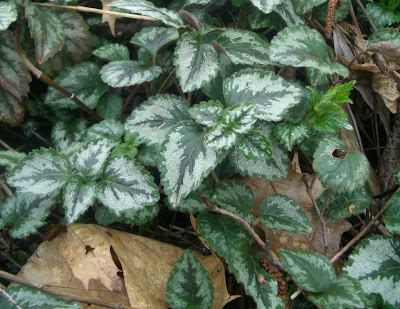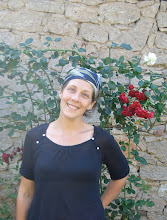
My schooling was in fine art painting rather than horticulture. After graduation I began working in a flower shop and free-lancing for a window-dresser, painting backdrops for his weekly displays. He taught me how to iron a dress shirt and how to try and be a lady. Told me off-color stories with a debonaire finesse and called me Kitten. Furthermore, he showed me how to see and adore the color green.


Fabulous. Love the green flowers and moss but still lost without the plant bible (something to do with the book-ness of it) to guide the identification process.

Many snails occupy the yard. I am considering to think we could raise them for market. Among the moving boxes recently arriving from our shipping company will be a Mediterannean cookbook containing quite a few recipes that could be handy here... would eating escargot affect my „pescatarian” (vegetarian who eats fish) status; and will I be heartless enough to get through preparing them or brave enough to taste it afterall?

Sedum growing along the road next to our house has replaced its winter burgandy blush with blue and yellow greens. Nice, low-care groundcover for a dry and sunny patch of dirt, hundreds of varieties to choose from. Other plants from the rock garden/greenroof repetoire that I’d like to get my hands on are: Saxifraga cochlearis, Sempervivium, Lewisia cotyledon, and Aenaria balearica. While finding these tempting new goodies in the Hungarian gardening book (thank goodness for the Latin names I am familiar with) which my mother-in-law lent me (and thank goodness for her!), I came across a picture of Corydalis solida ujjas keltike and can now put a name next to this plant I could not identify a few posts back:

Are those flowers or pink dragon hatchlings emerging from a forest nest? (Not green but definitely fabulous)




Nincsenek megjegyzések:
Megjegyzés küldése